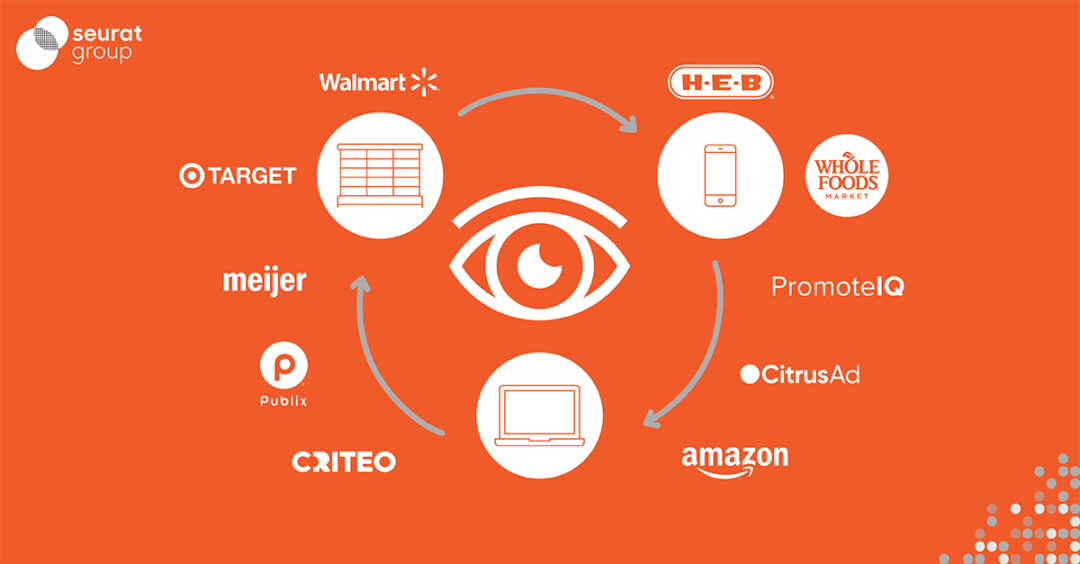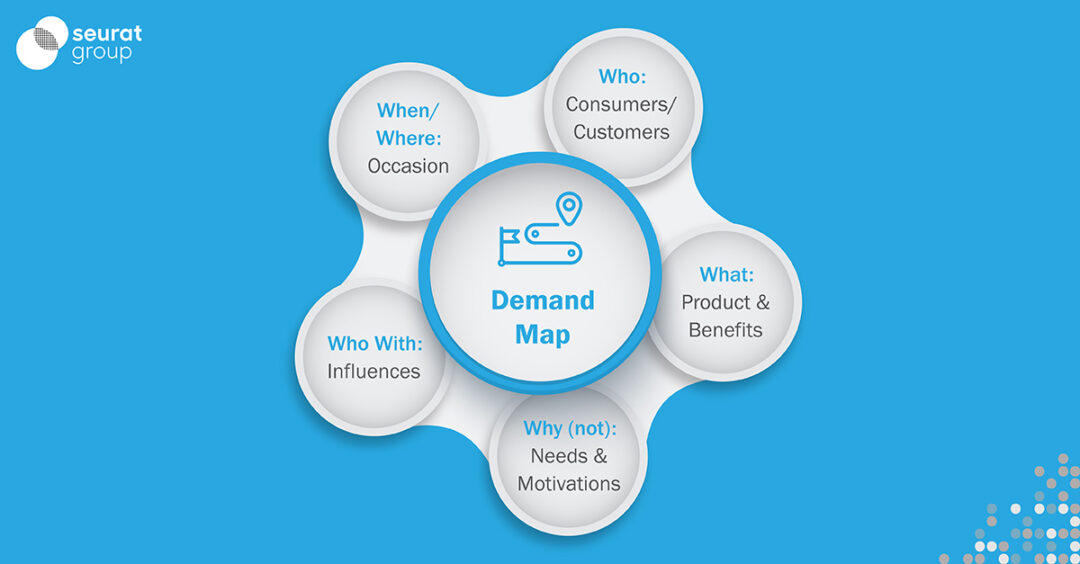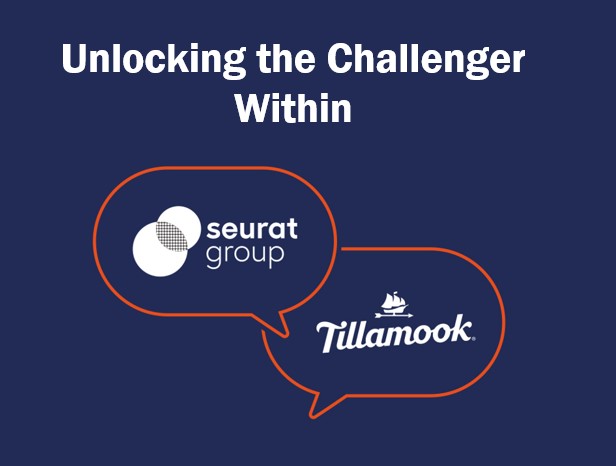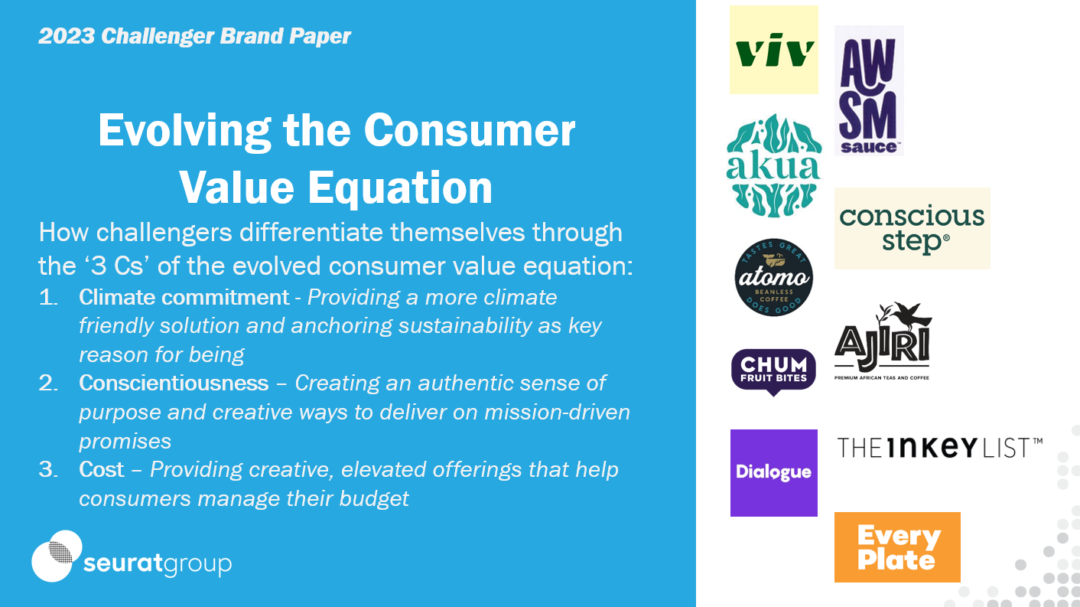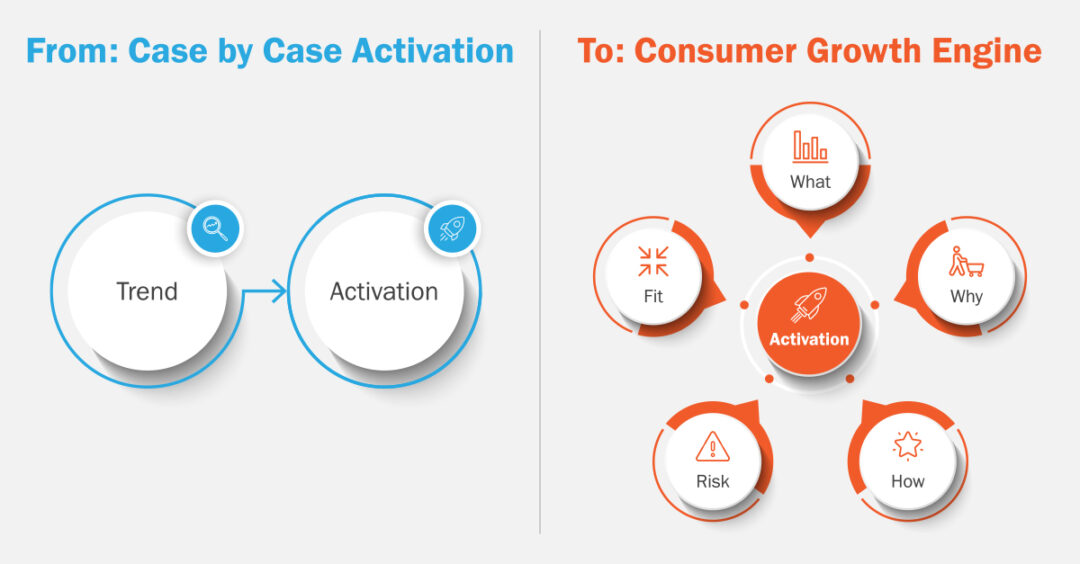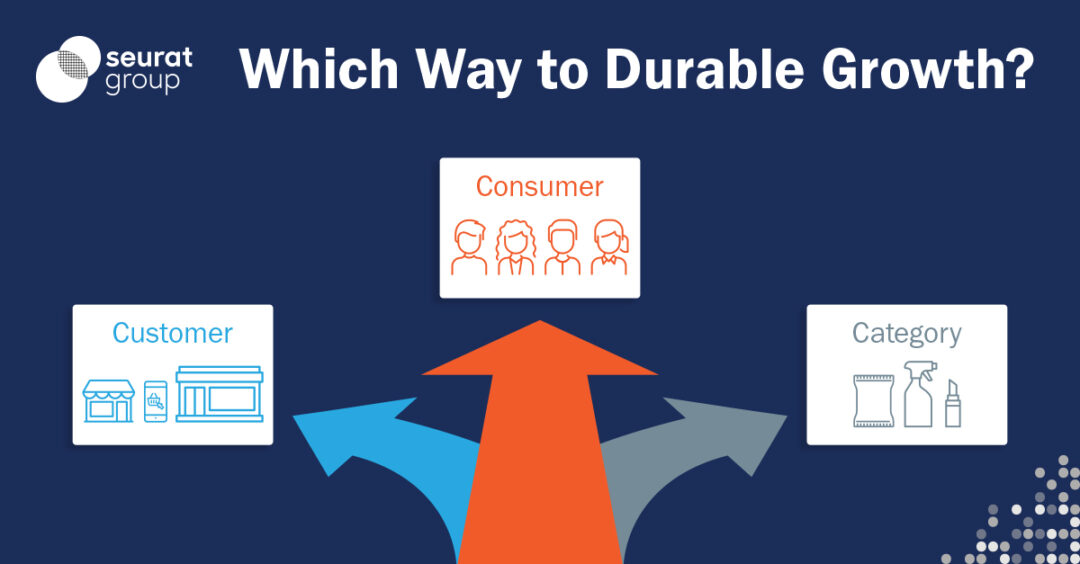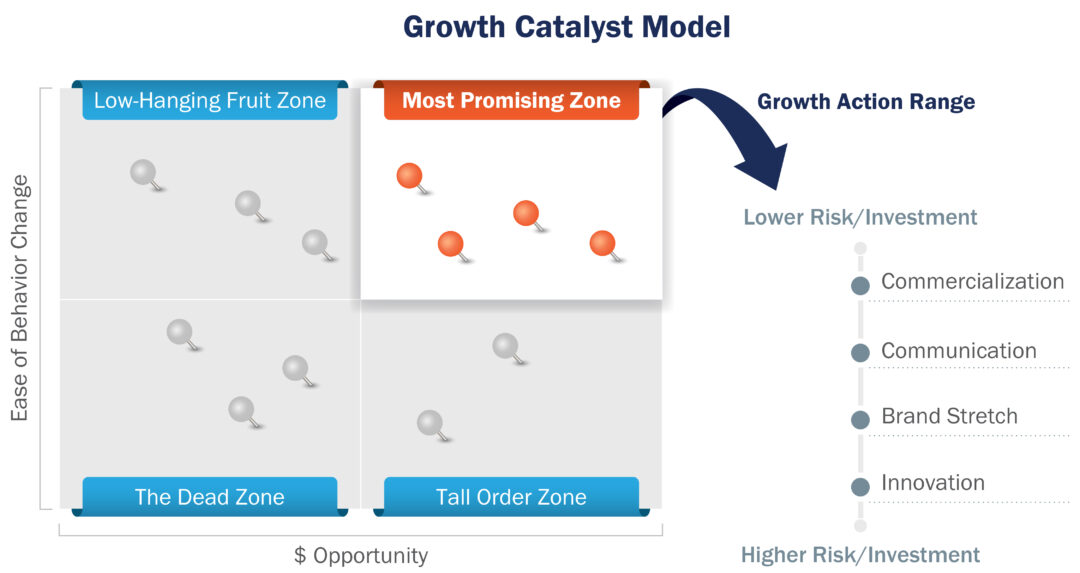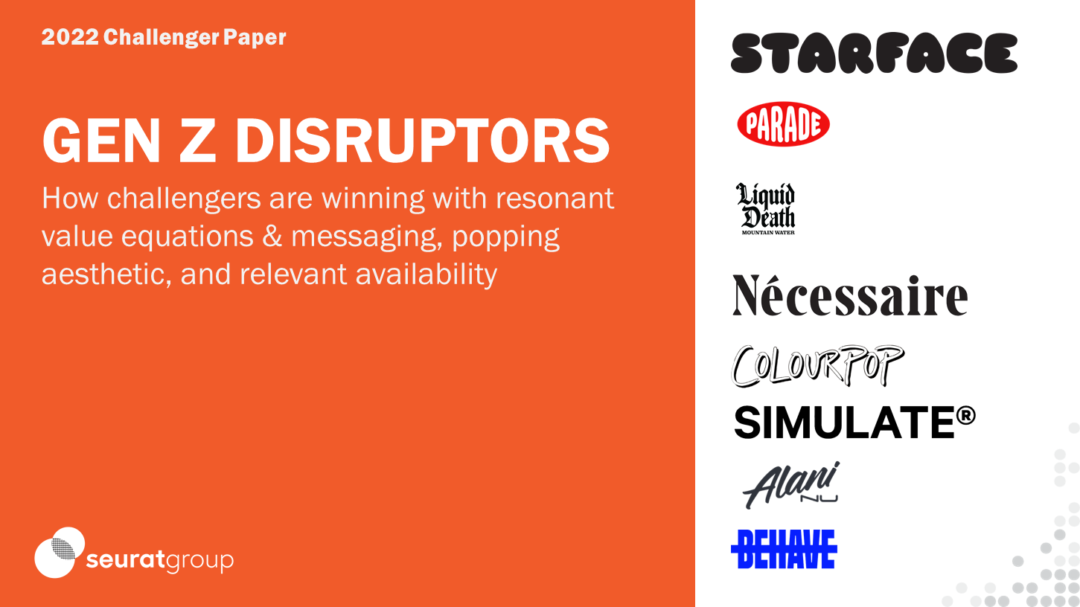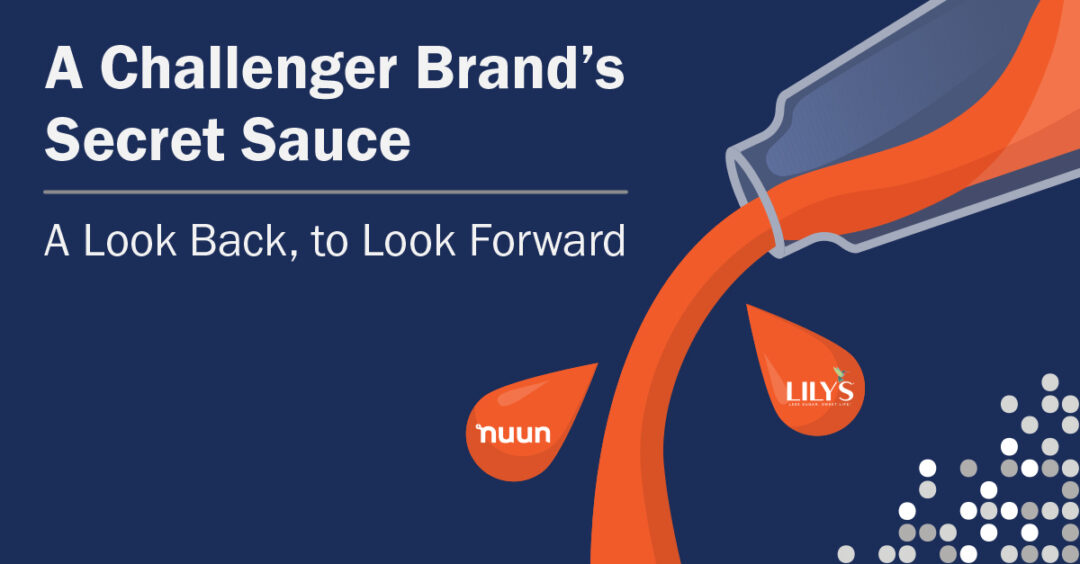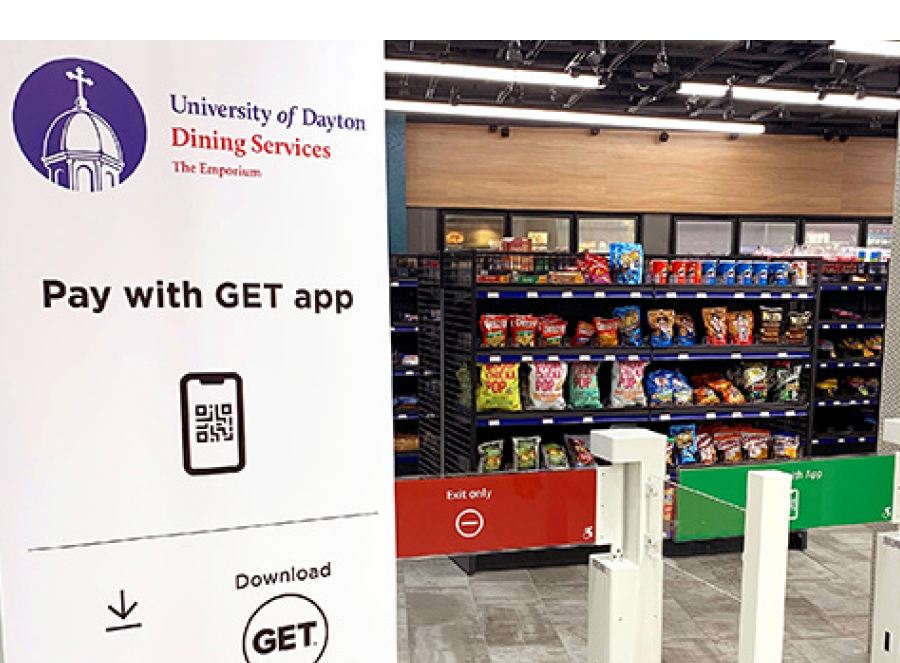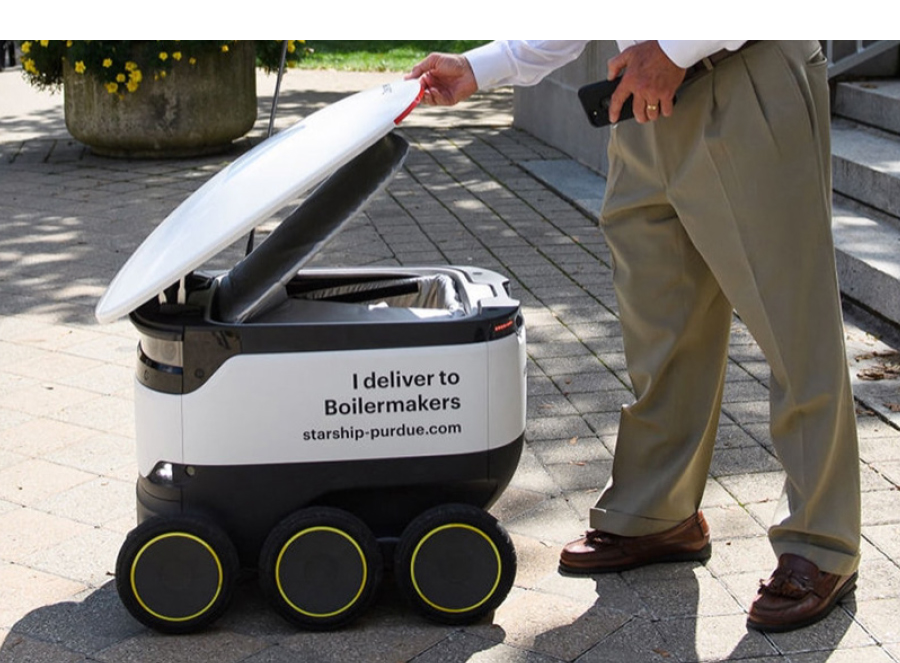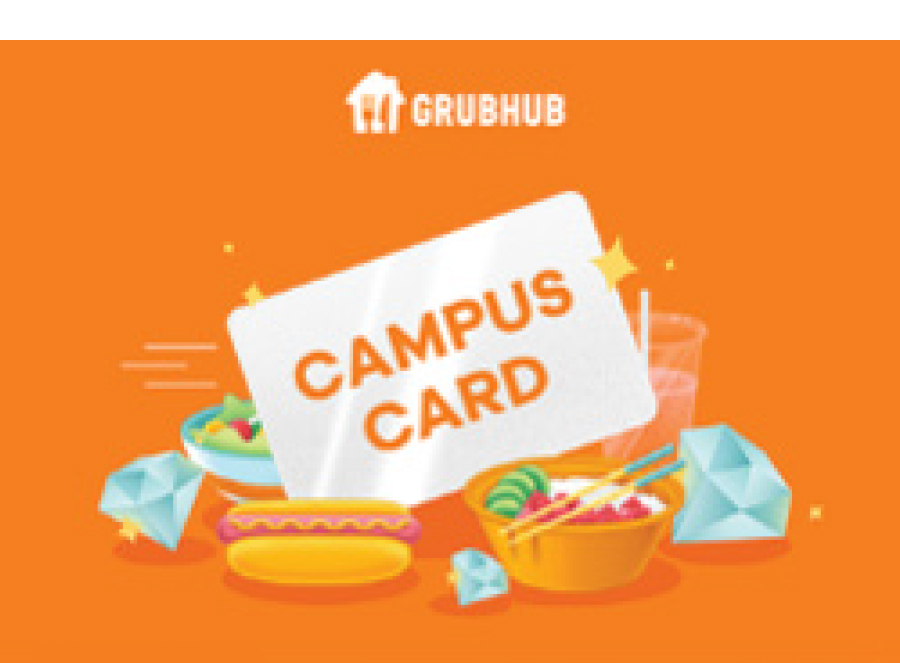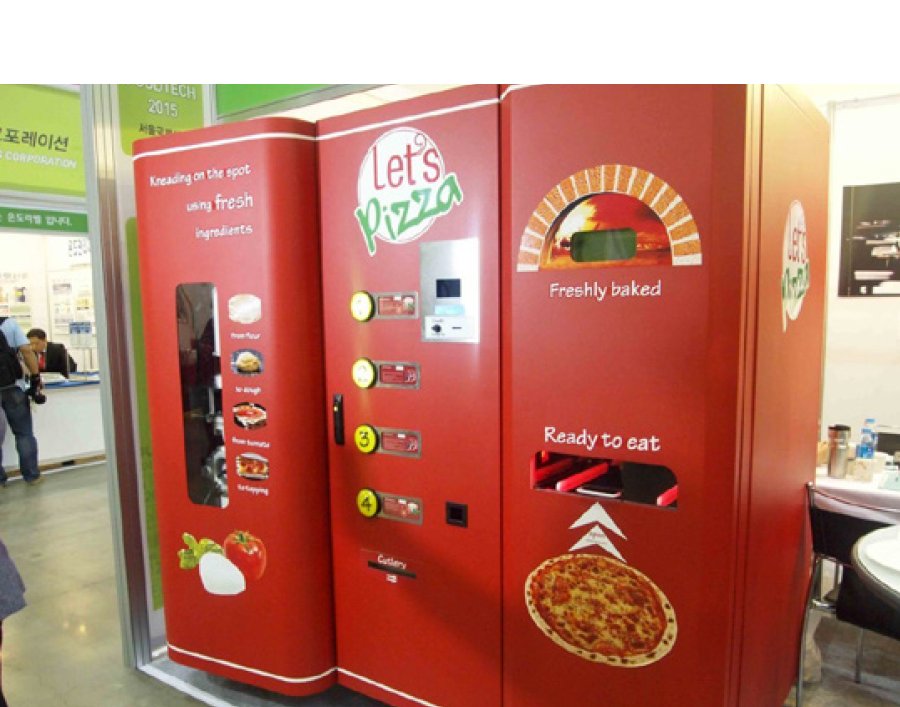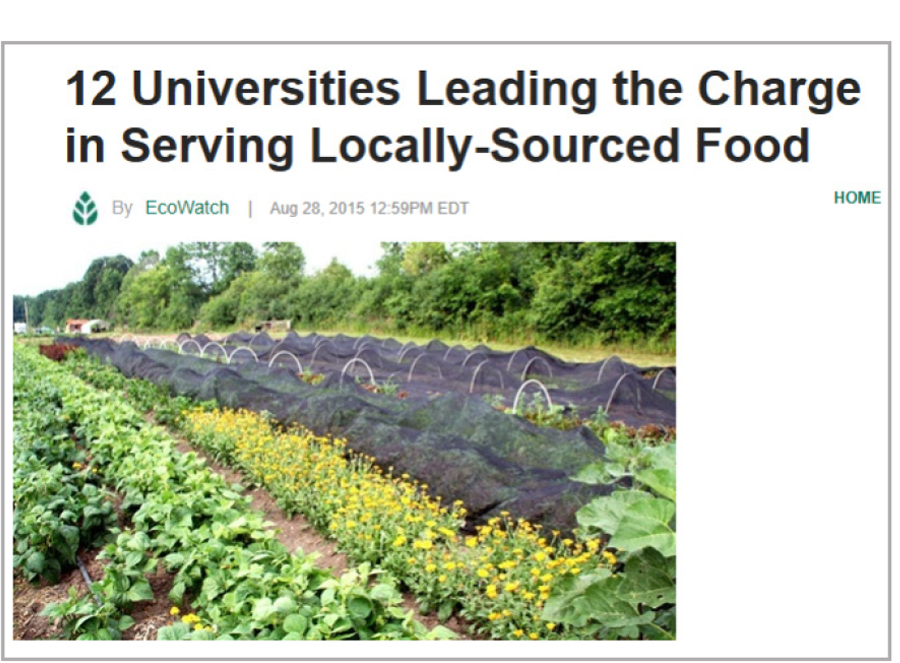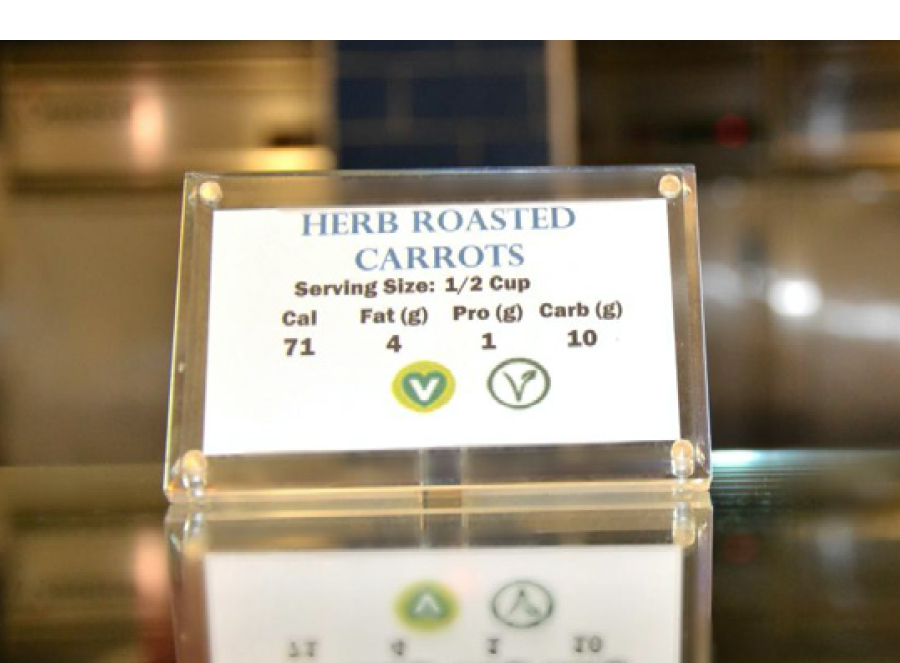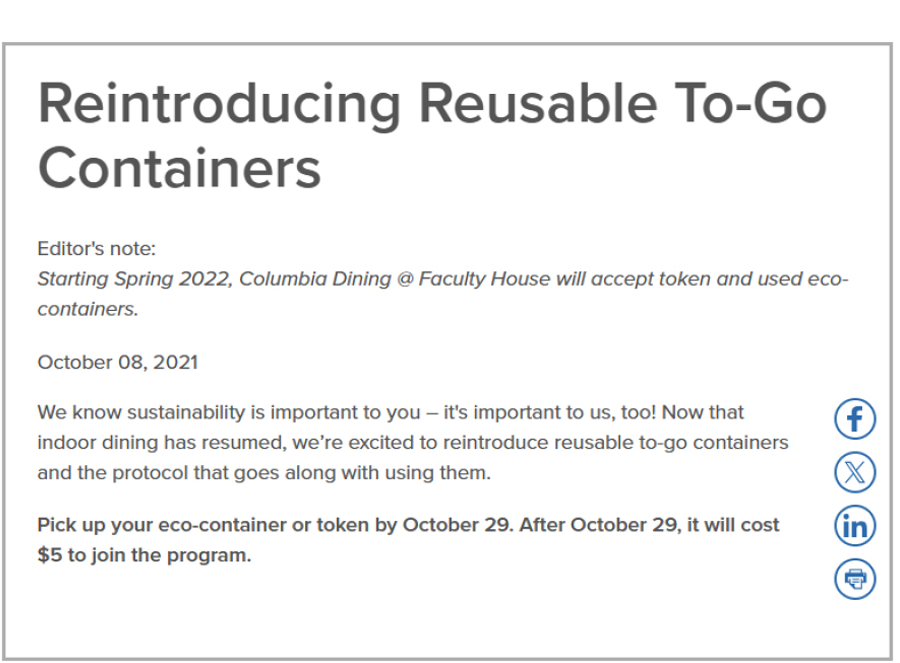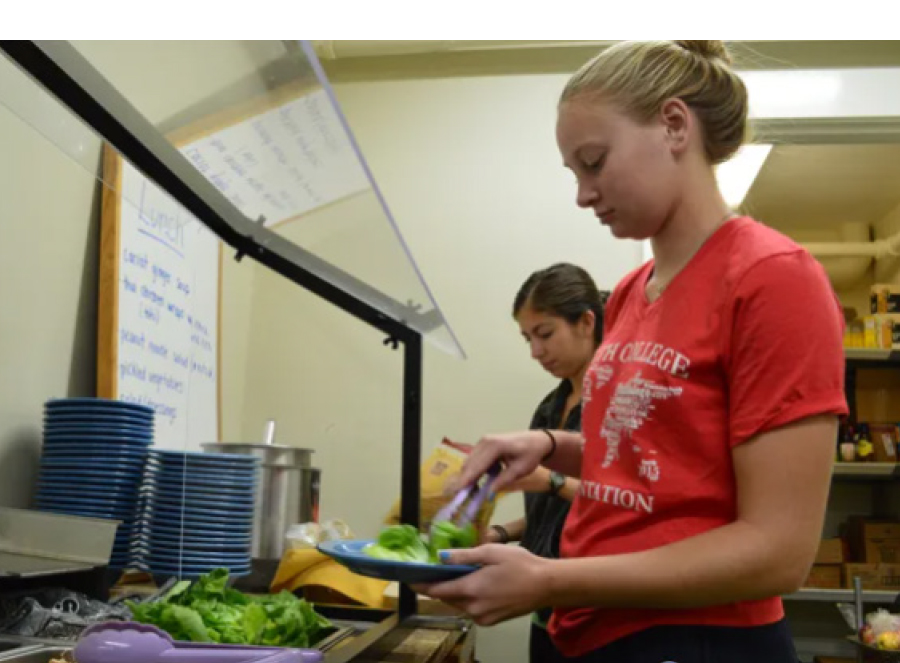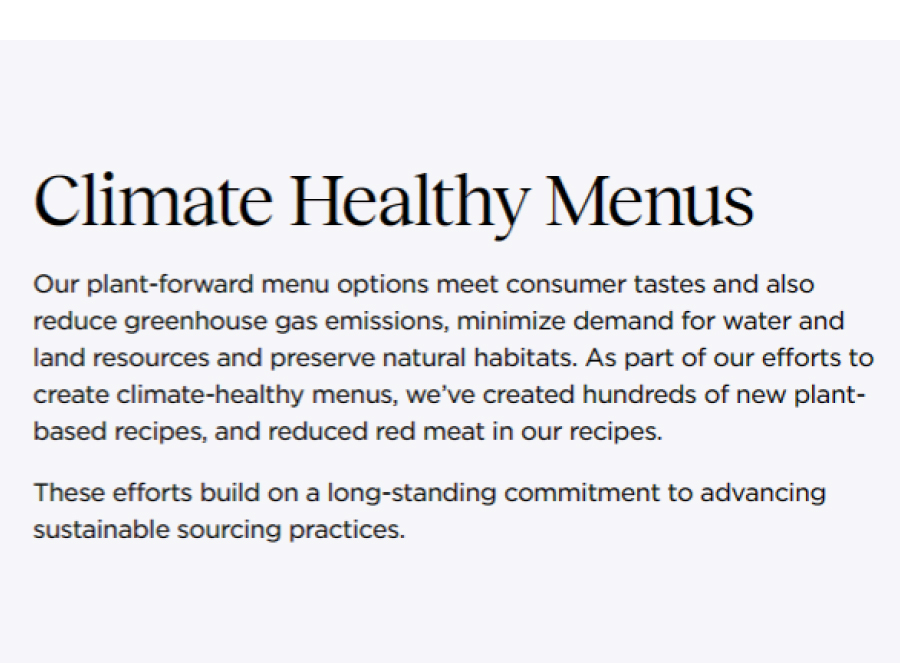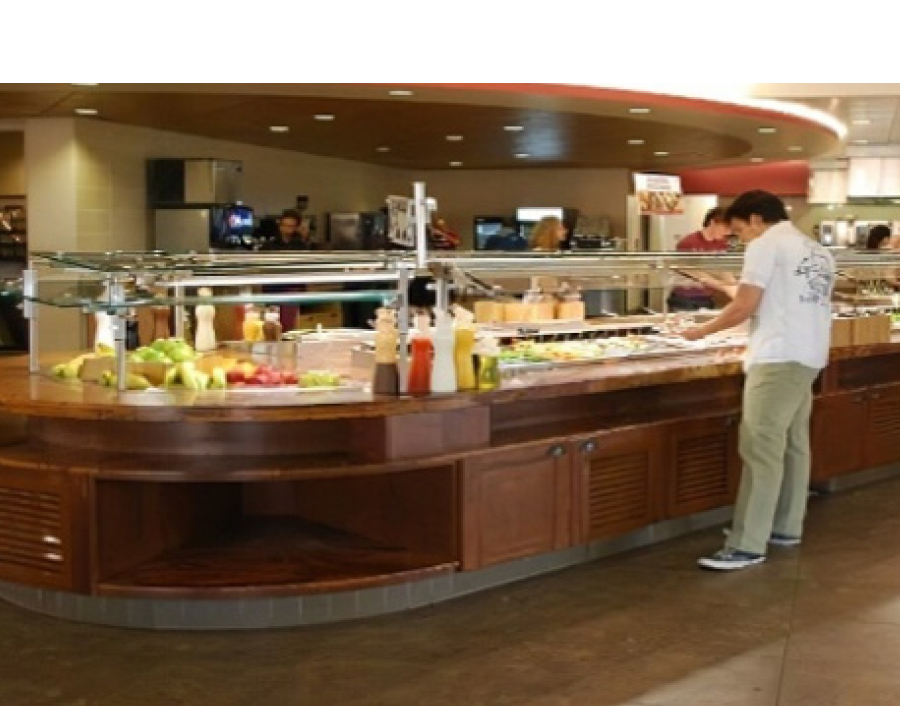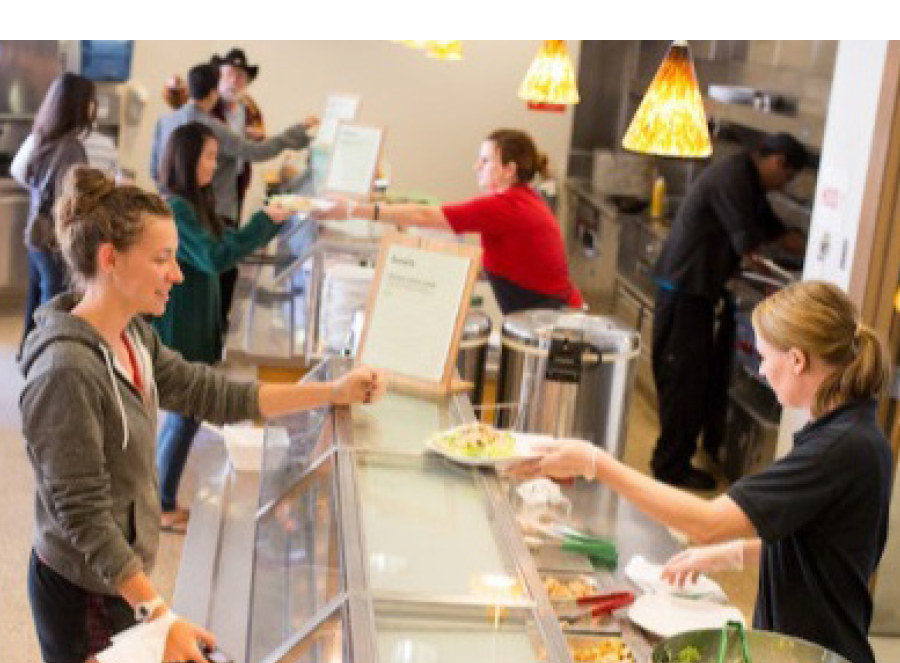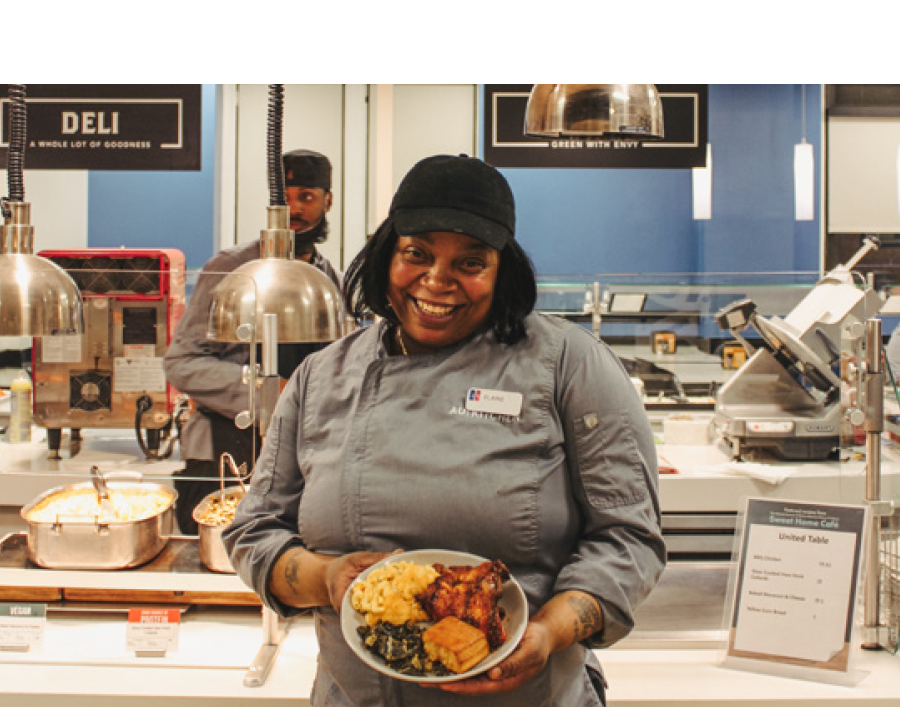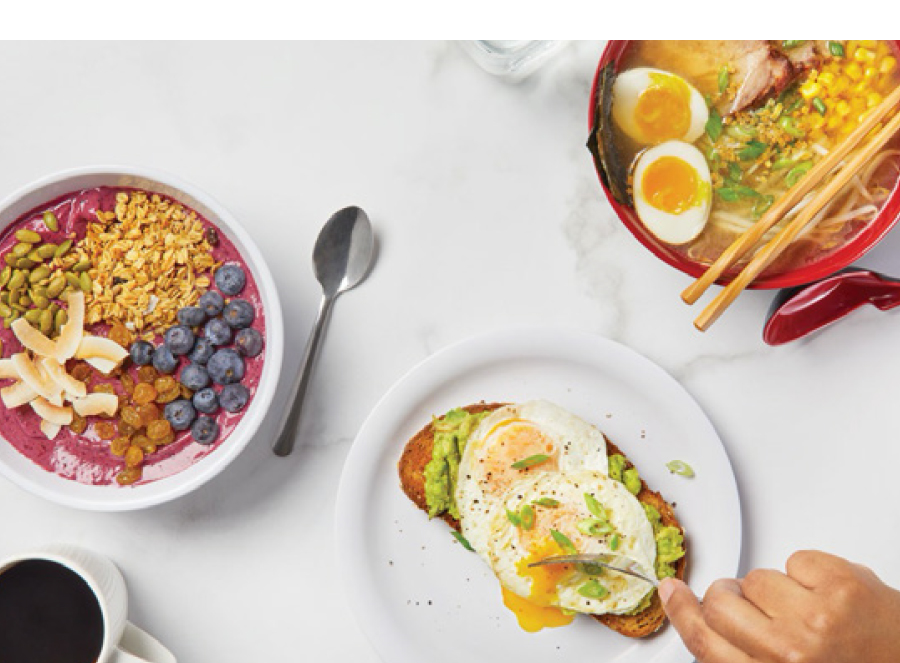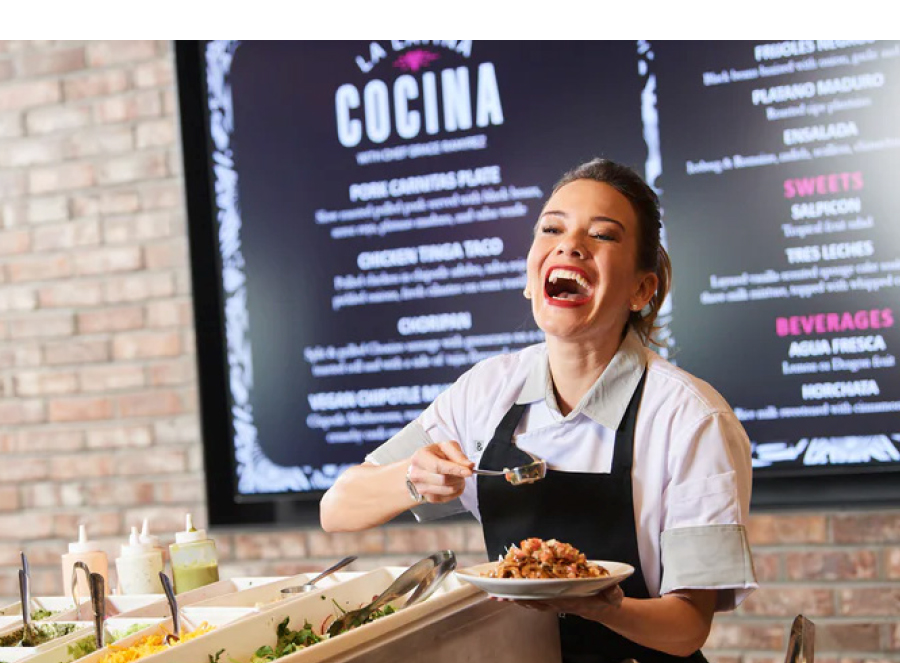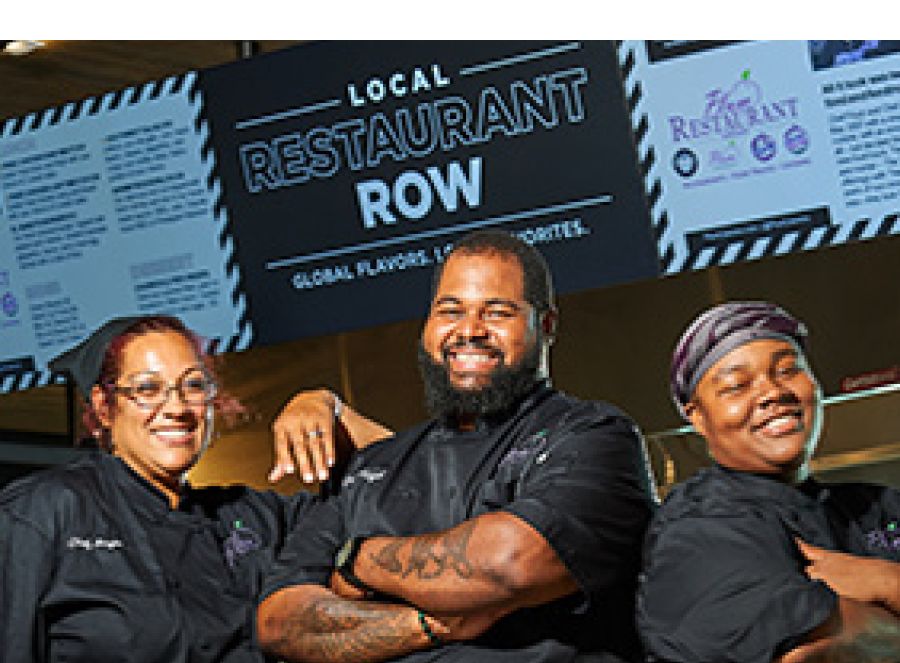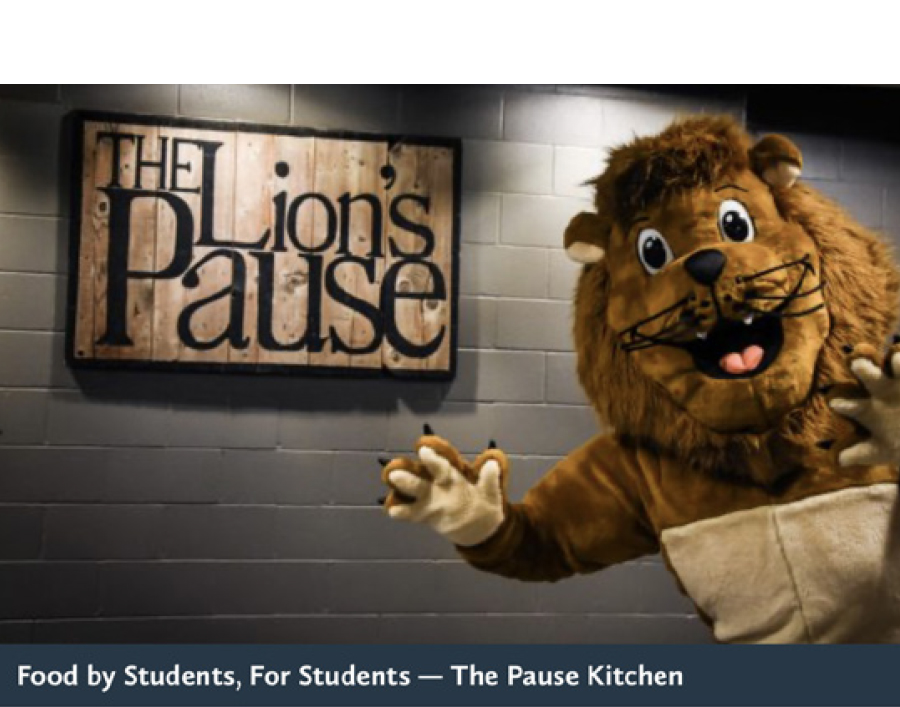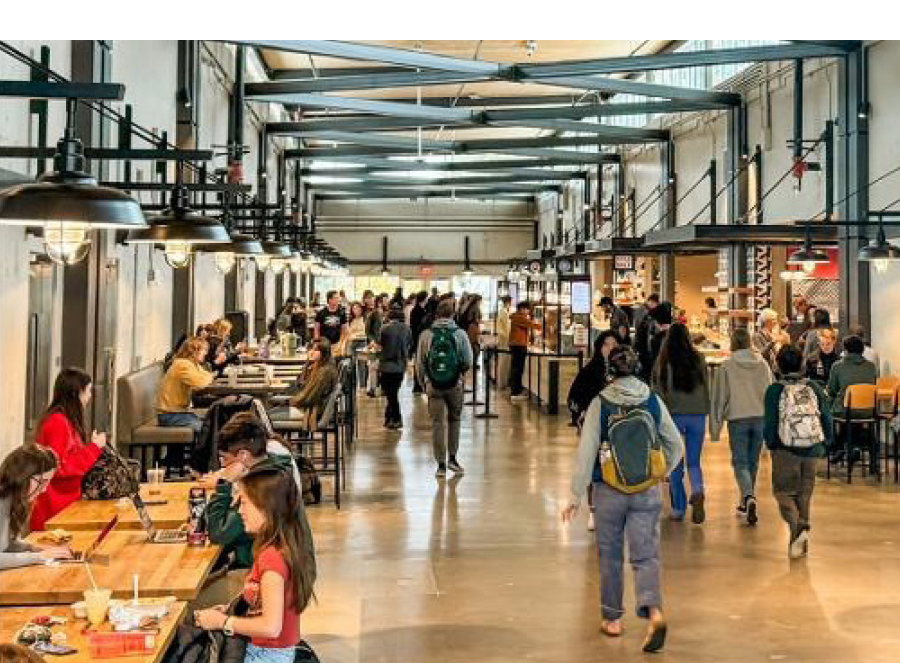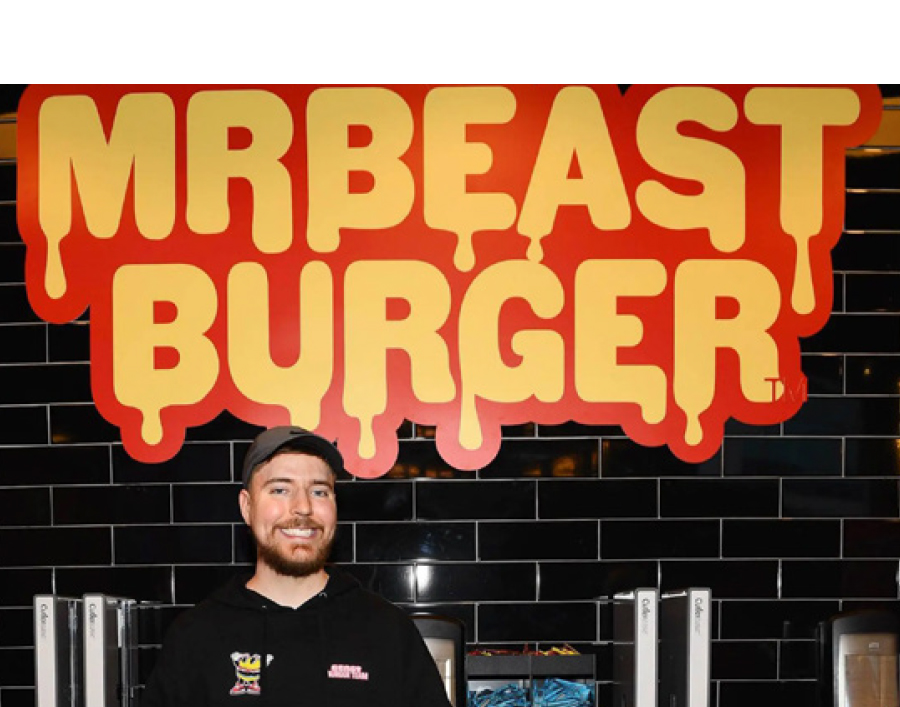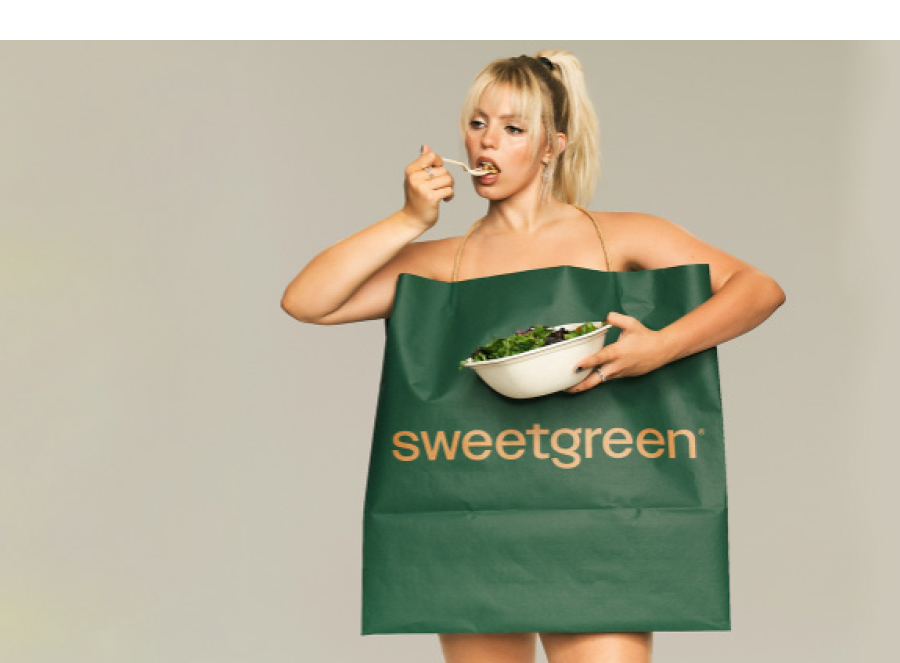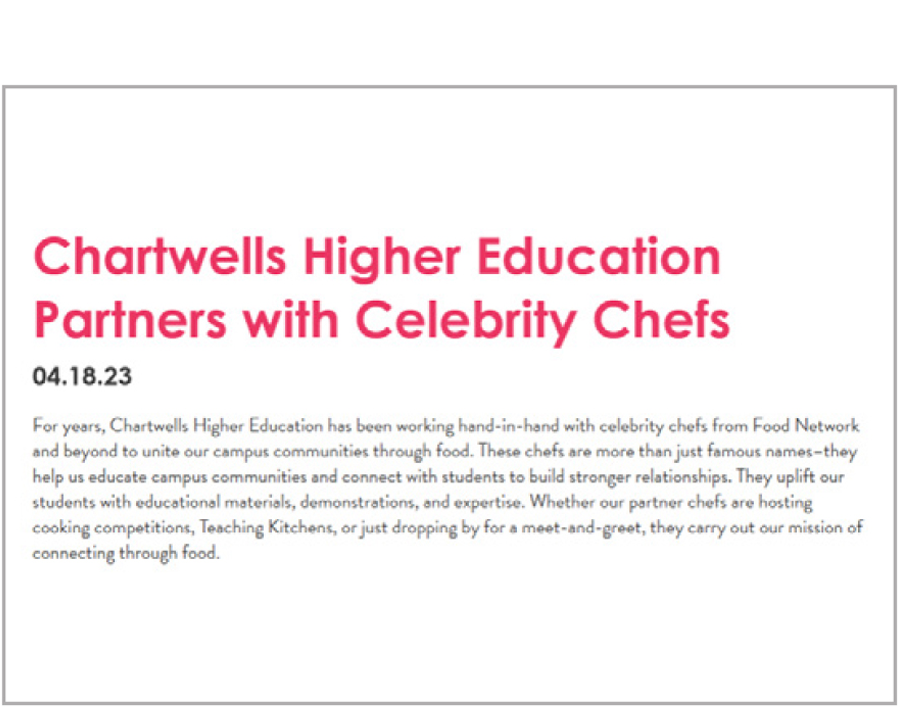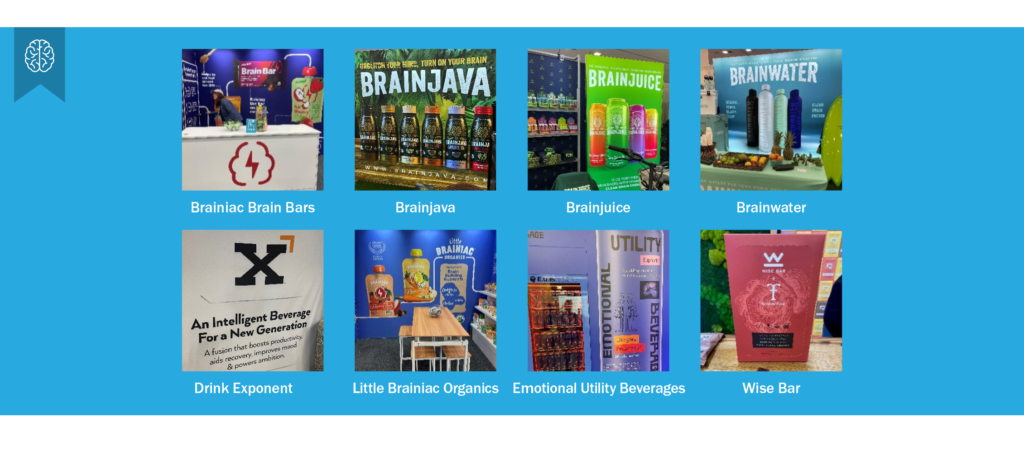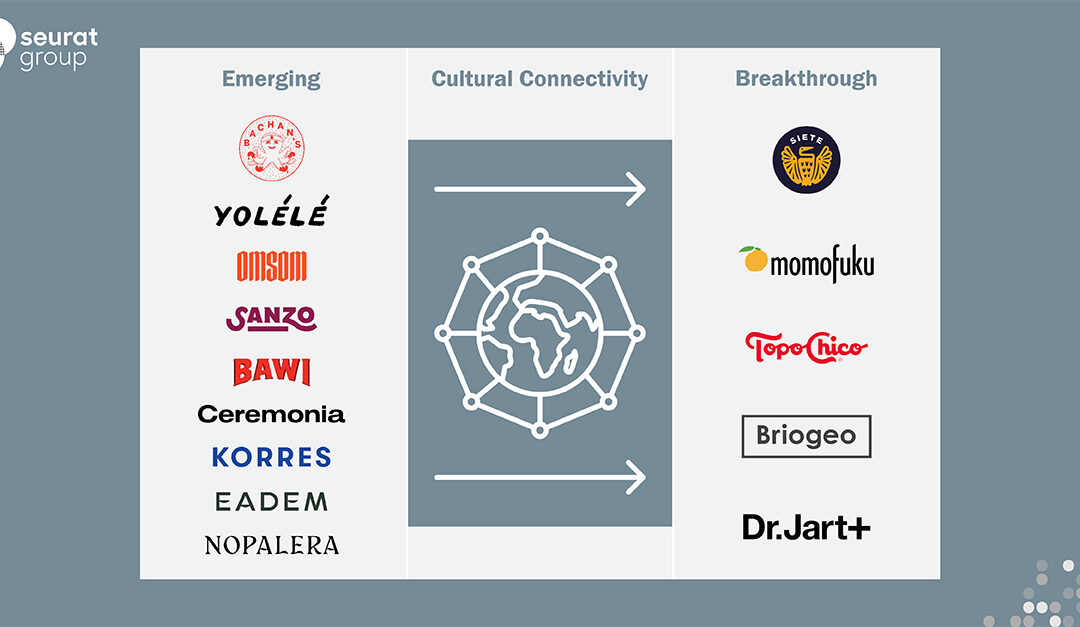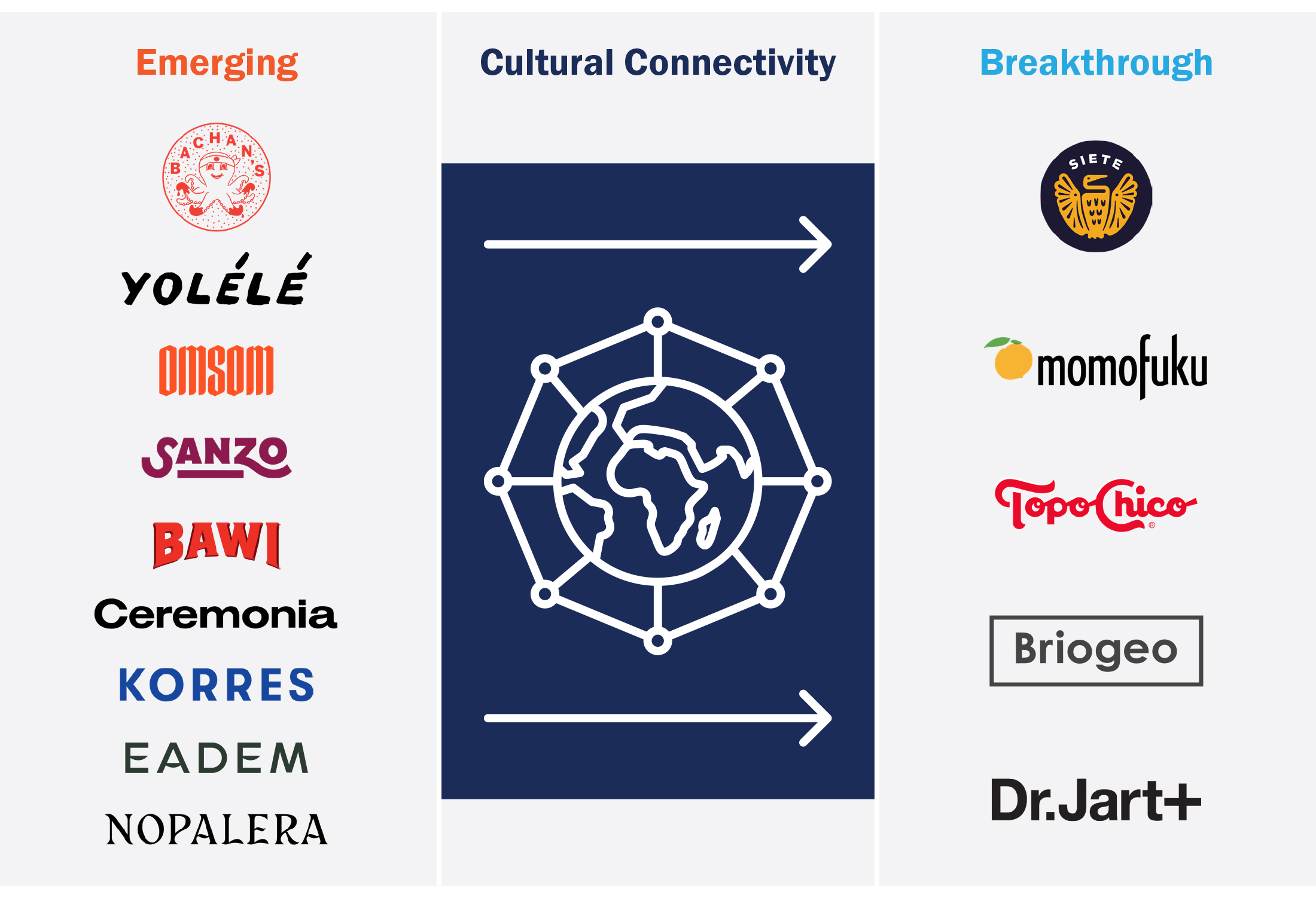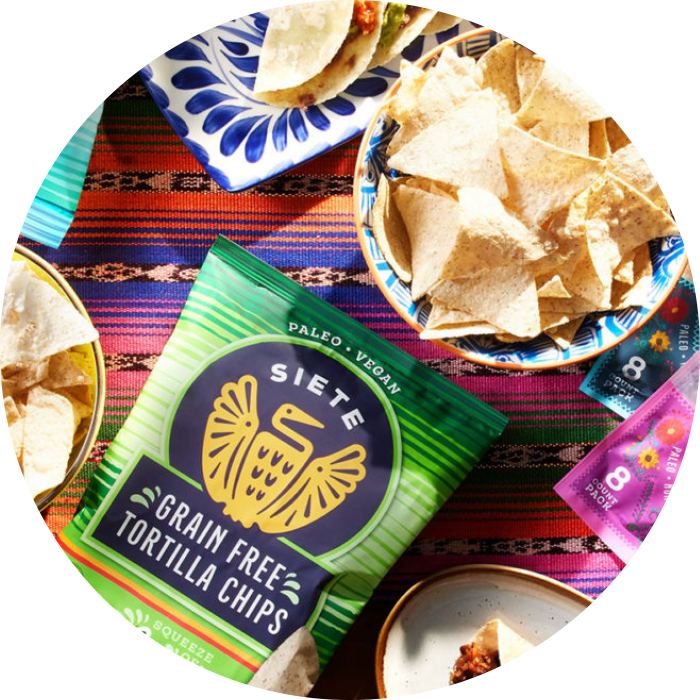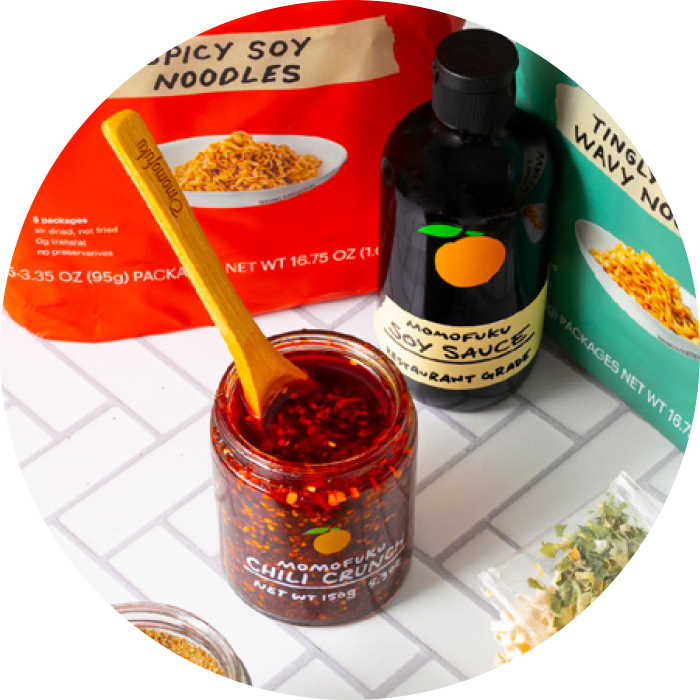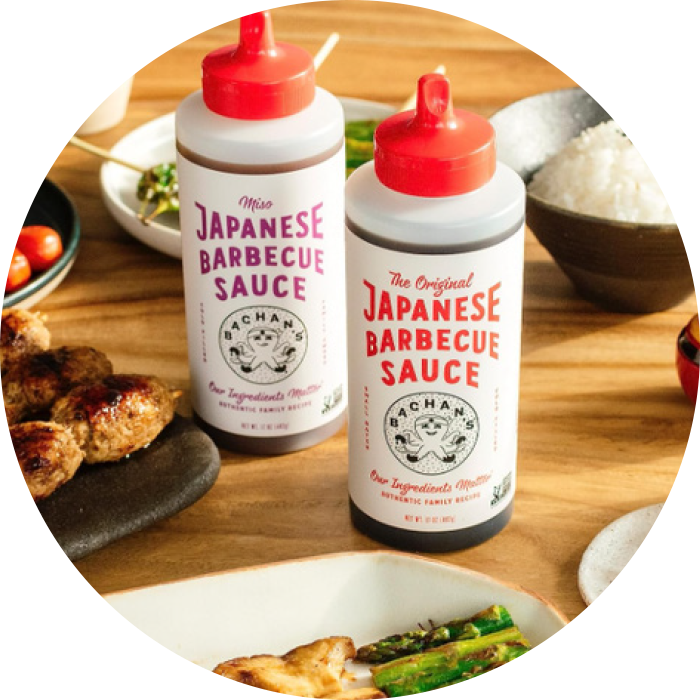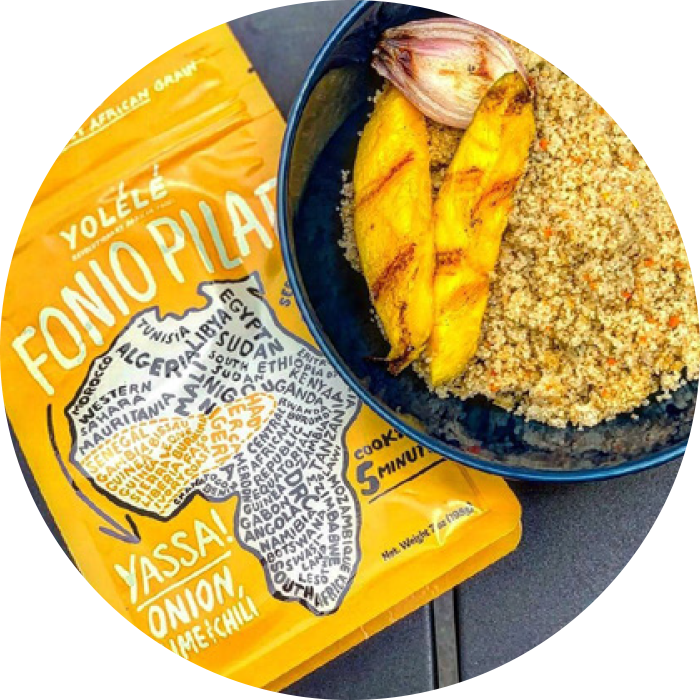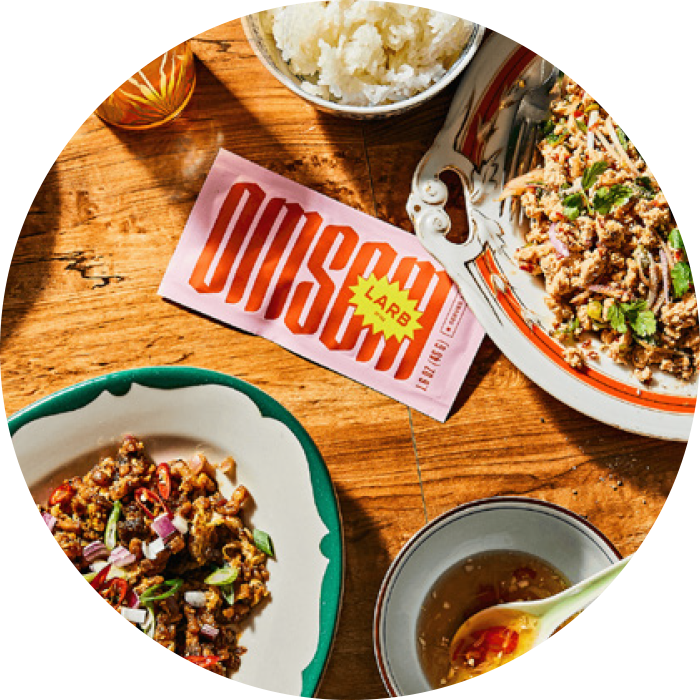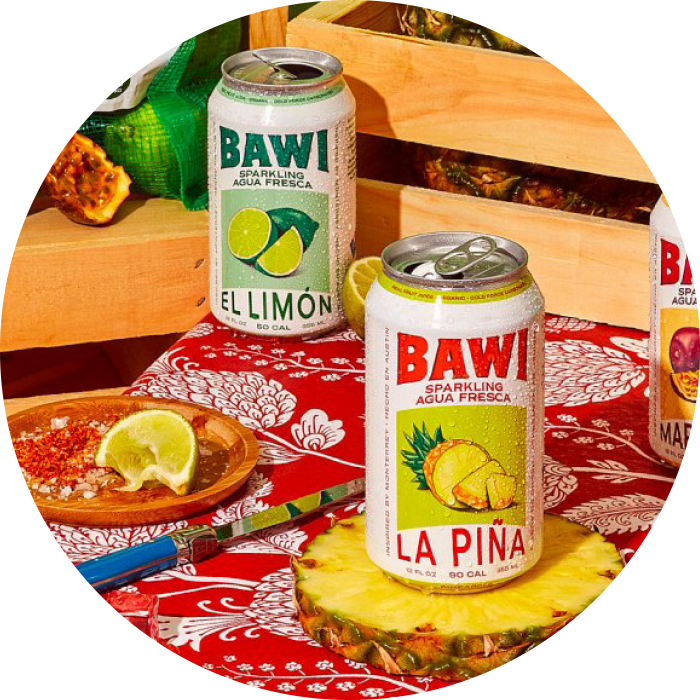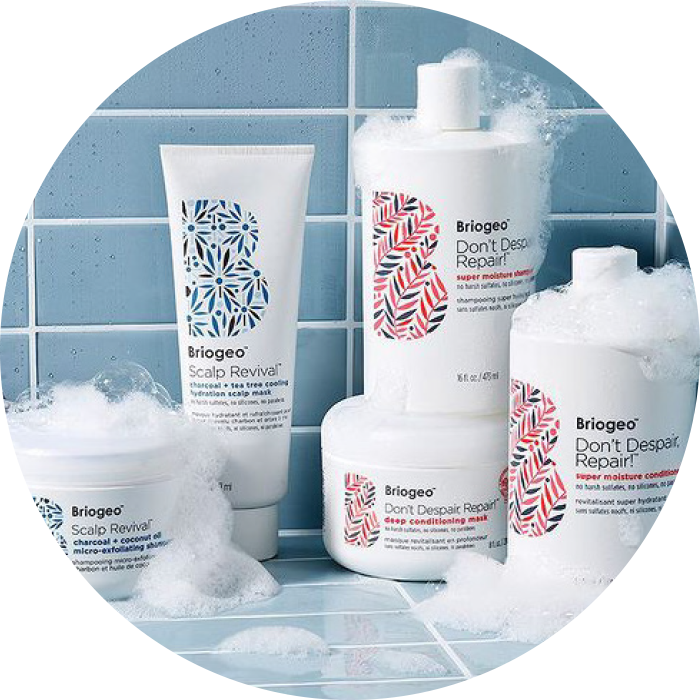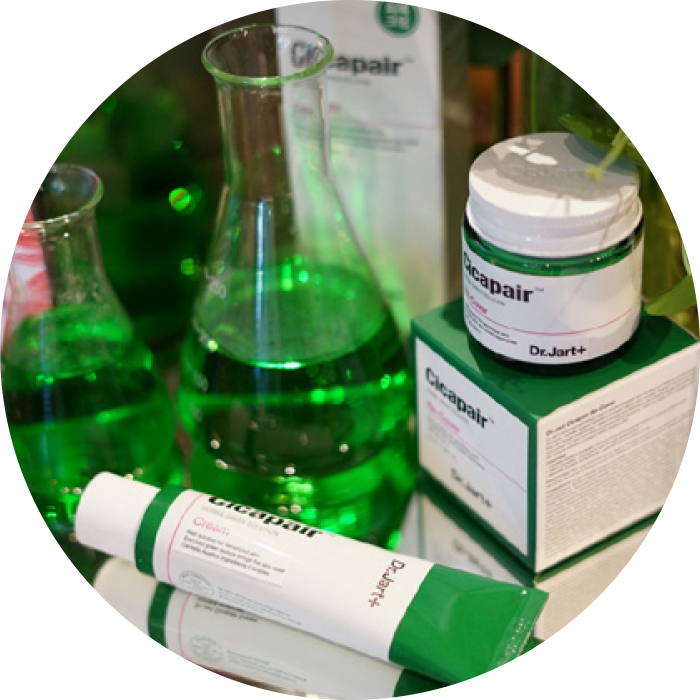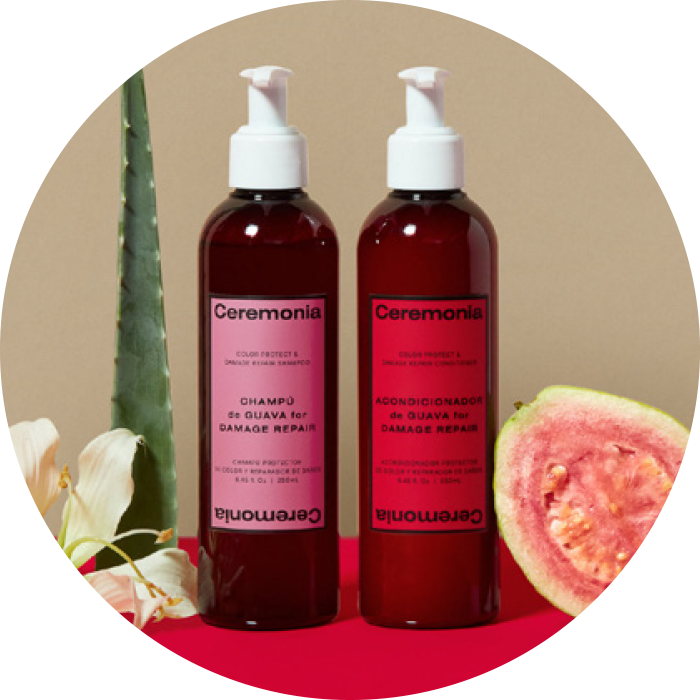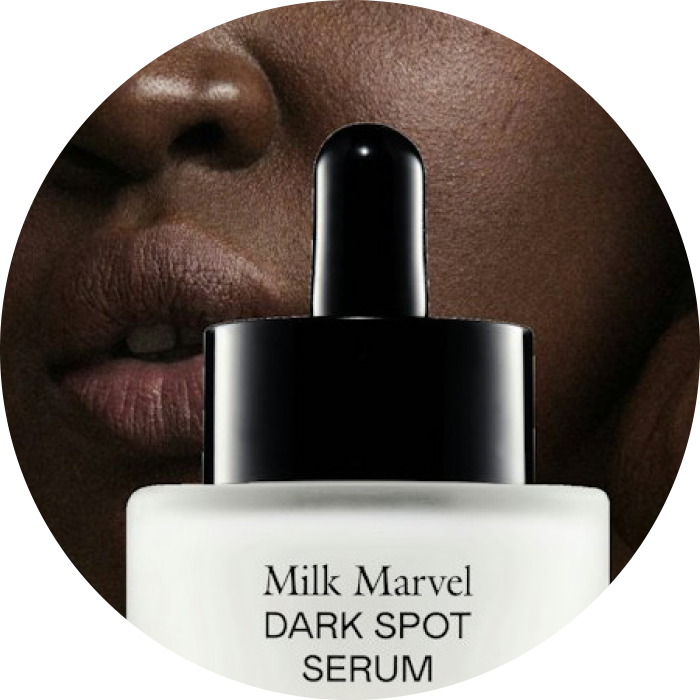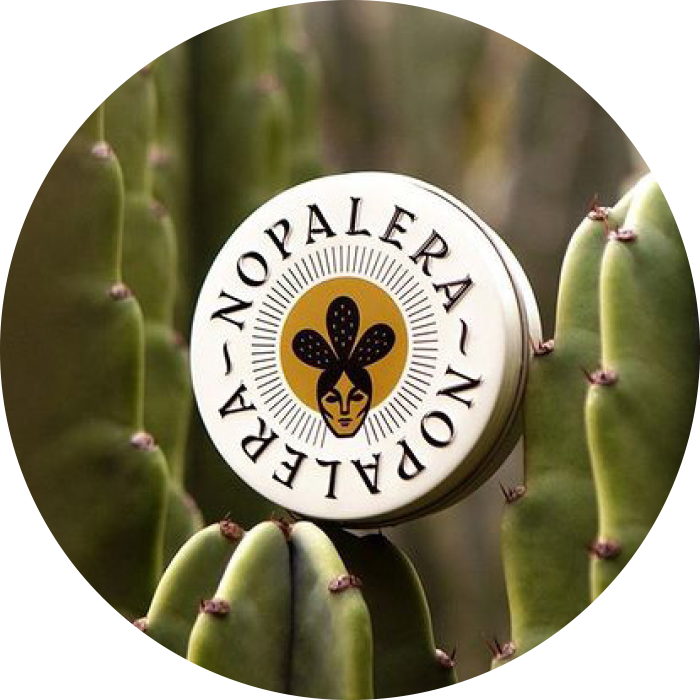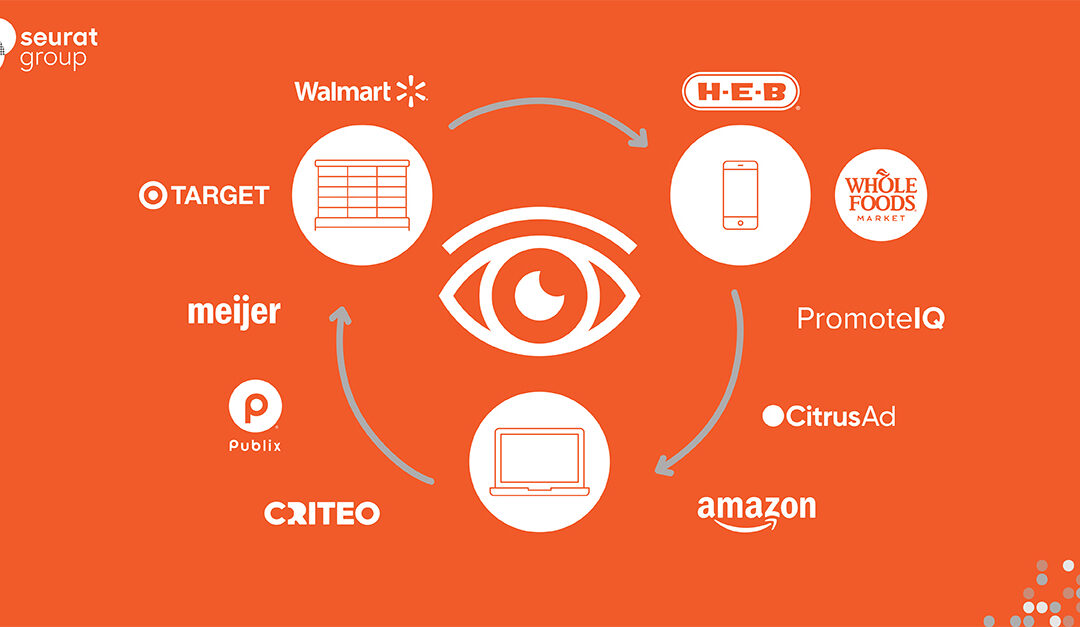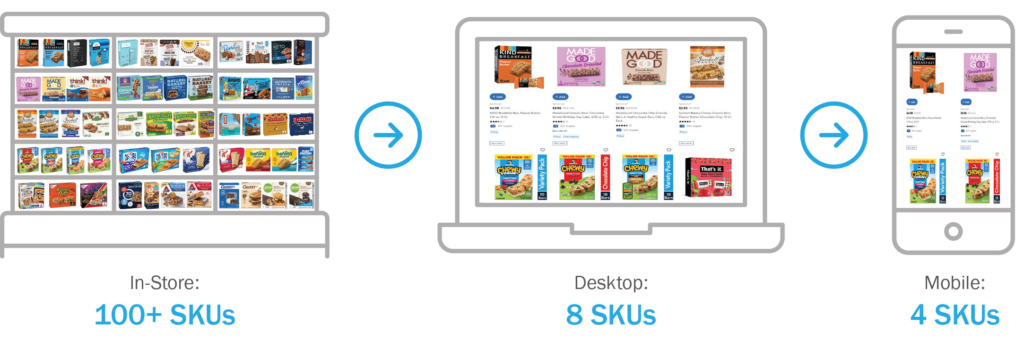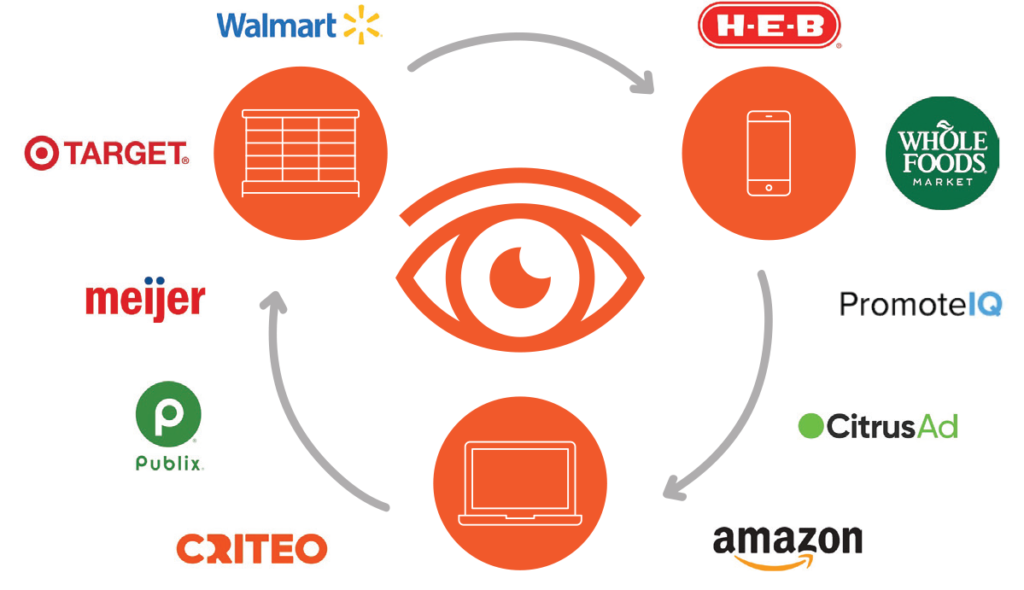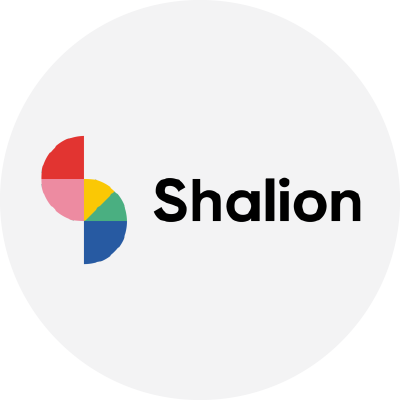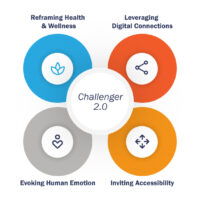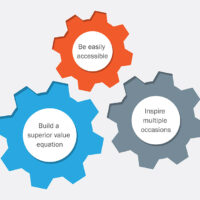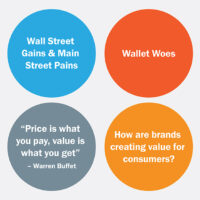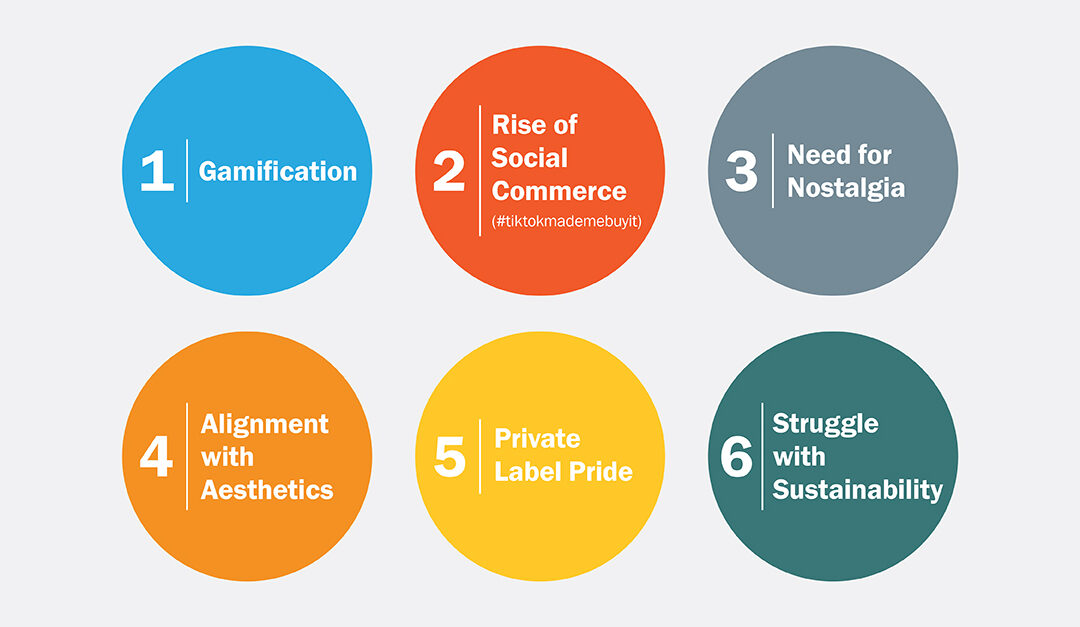
No Cap: Disruptive Gen Z Trends
No Cap: Disruptive Gen Z Trends
Overview:
Did you know Gen Z’s attention span is just 8 seconds? That’s about how long it takes to scroll past a meme or see a TikTok video go viral…then become old news. Welcome to the whirlwind world of Gen Z trends, where today’s slay is tomorrow’s cringe.
Forget everything you thought you knew about consumer behavior—Gen Z is rewriting the rulebook. In today’s fast-changing world, Generation Z, born in the late 1990s through early 2000s, leads the charge in redefining societal norms through their unique preferences and behaviors. Gen Z is outspoken and unapologetic, representing a generation with unparalleled access to information, diverse perspectives, and significant impact on global trends.
Gen Z makes up roughly 20% of the population and has over $360 billion in spending power, influencing what we buy, how we live, and what we believe. Many brand owners don’t understand just how different Gen Z is from previous generations. As a result, brands struggle to effectively engage this mobile-first, socially conscious generation.
In a competitive market, staying relevant requires shaking up old category norms and embracing a modern, even rule-breaking approach. By unlocking insights behind Gen Z’s behavior and cultural preferences, we uncover what drives their decisions and how brands can succeed with this influential generation of consumers. Here are 6 Gen Z trends to watch out for:
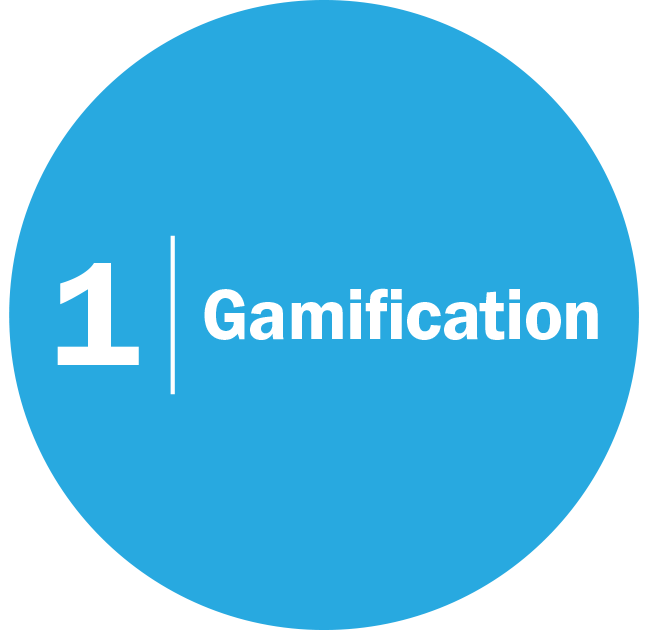
What it is:
It’s the strategy of integrating video game elements, such as challenges and points, into non-game environments to drive engagement, loyalty, and motivation.
Insight:
Gen Z is perpetually plugged in, spending 9+ hours per day on screens. With 90% of Gen Z being video gamers, they are wired for gamified experiences, and their shopping experience needs to be equally as engaging. Traditional shopping lacks the stimuli Gen Z expects in their daily life, and gamification is a way to engage Gen Z shoppers with new brands or brand experiences. With the gamification market projected to grow 25% from 2024-2030, there is a big opportunity for brands and retailers to increase Gen Z buy-in by incorporating game design features into the shopper journey.


Brand doing it right:
Peloton launched gamified rides that mimic a dynamic video game experience instead of watching an instructor through a 2D tablet. Riders must push themselves to score – high resistance, cadence, and output allow them to rack up points and move up the leaderboard. The sense of progress and achievement keeps riders hooked and coming back for more.
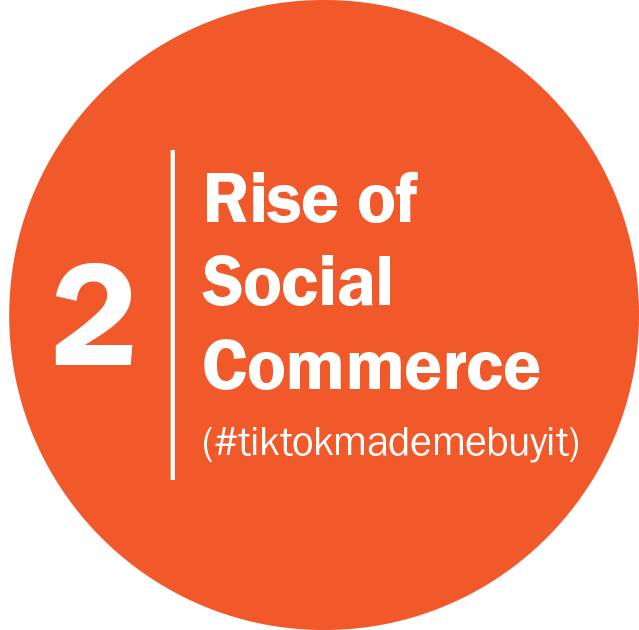
What it is:
Social commerce is the process of selling products directly through social media. From product discovery to checkout, the entire shopping experience takes place integrated with content on social media platforms.
Insight:
Social media is not just for scrolling! Social shops, such as TikTok Shop and Instagram Shop, spur discovery and purchase without users having to leave their social media feeds. US TikTok Shop sales hit $17.5 billion in 2024 with 75% of TikTok users saying they base their household purchase decisions on products they discover in the app. For Gen Z, social media is synonymous with shopping, making it central to discovery.


Brand doing it right:
E.l.f. Cosmetics has thrived on TikTok Shop by creating engaging content like trendy challenges and creative tutorials that appeal to the platform’s users. The brand collaborates with popular TikTok influencers and uses live streams to showcase products and interact with viewers. By integrating TikTok Shop, e.l.f. provides a seamless shopping experience with exclusive deals. Their relatable, fun brand voice and active engagement with user-generated content further enhance their success on the platform. By effectively combining these strategies, e.l.f. Cosmetics has tapped into TikTok’s vibrant and engaged community, driving brand awareness, engagement, and sales.
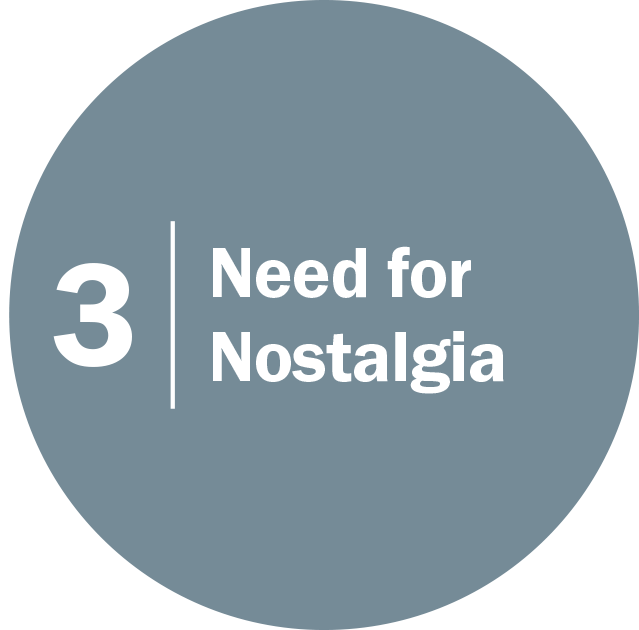
What it is:
In a time of uncertainty and stress, Gen Z looks fondly to eras they didn’t actually experience but perceive favorably, driving them toward products and aesthetics that evoke nostalgia.
Insight:
Gen Z looks back to the past to escape anxiety about the future of climate change, rapidly rising inflation, and global unrest. Nostalgia is escapism and Gen Z is embracing any way out: music, movies, fashion, and products. 80% of US Gen Zers like when brands bring back old aesthetic styles and 74% love when brands produce retro products.


Brand doing it right:
Olipop is a healthier soda that appeals to Gen Z through retro branding and throwback flavors. It positions itself as a healthier alternative to traditional soda while using cultural references from past decades in its advertising and social media. By blending nostalgic elements with modern health benefits, Olipop effectively attracts Gen Z, offering a product that reminds them of the past and fits their current lifestyle.

What it is:
Gen Z purchases products to curate aesthetics that align with their ideal self-image, using them as tools to express and enhance their personal identity.
Insight:
Growing up with social media has driven Gen Z to develop distinct aesthetics that reflect their cultural identity and set them apart from previous generations. Gen Z is willing to spend to join in on trendy “core” aesthetics. One popular aesthetic is “gorpcore”, which is when outerwear from brands like Patagonia, Arc’teryx, and Salomon are styled and worn as streetwear. Gen Z’s obsession with “cores” has driven over 1 billion views on aesthetic trend YouTube videos. Aesthetics aren’t just for fashion – food, beverage, and beauty brands are leaning into bold, bright aesthetics, social media appeal, and convenience to grab Gen Z’s interest.


Brand doing it right:
Glossier, celebrated for its minimalist beauty products, captivates Gen Z with its sleek, pastel packaging and emphasis on natural, dewy finishes that enhance everyday looks. The brand’s effortlessly chic aesthetic aligns perfectly with Gen Z’s preference for understated beauty. Its strong online presence and community-driven marketing make it easy for Gen Z to connect with and purchase its products, reinforcing the brand’s commitment to style and authenticity.

What it is:
Private label brands are taking off, connecting with Gen Z through “dupes” and resonant value propositions.
Insight:
Gen Z struggles with the realities of being financially independent in a world where household finances are more challenging than ever. They look for ways to be smart savers wherever possible. “Dupe” culture makes knock-offs permissible and even celebrated, evidenced by the 3.7B+ views of #dupe videos on TikTok. Private Label is praised by Gen Z for its “CPG dupes” with 64% of Gen Z always/frequently buying store brands. In the era of “dupes”, name brands need to be even more creative and diligent about communicating their value proposition to Gen Z since a brand name doesn’t always carry the same cred it once did.


Brand doing it right:
Walmart’s Great Value Chicken Dipping Sauce is considered a good dupe for Chick-fil-A Sauce, closely matching its sweet and tangy flavor. It’s more affordable, widely available in Walmart stores, and offers a similar taste experience for those who don’t have easy access to Chick-fil-A.
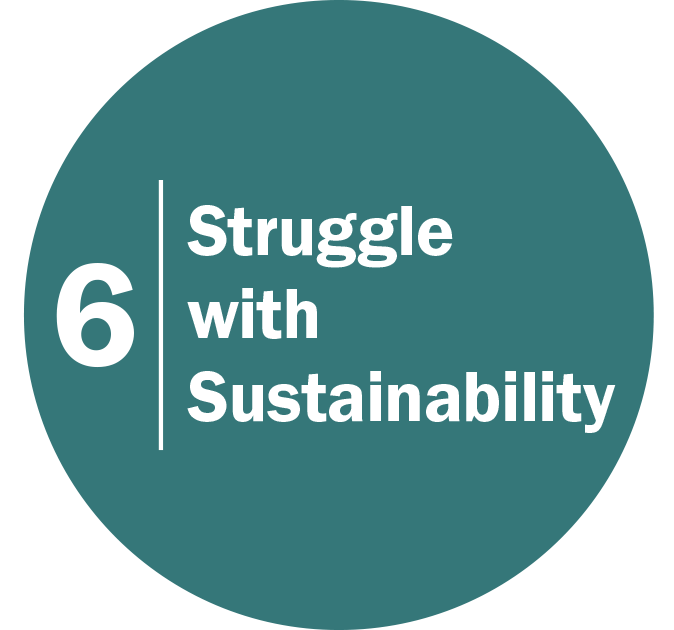
What it is:
Gen Z is increasingly aware of environmental issues and the impact associated with product consumption, but the convenience and affordability of consumer products continue to drive their use.
Insight:
Gen Z’s commitment to sustainability at times conflicts with their purchase behavior as they weigh the cost of products and struggle with ‘green’ claims made by brands. While 91% want to buy sustainable products, only 39% are willing to pay more for them. High living costs, climate frustration, and conflicting messages undermine their commitment to products deemed better for people and the planet. This struggle is evident in the projected 37% increase in per capita plastic waste by 2060.

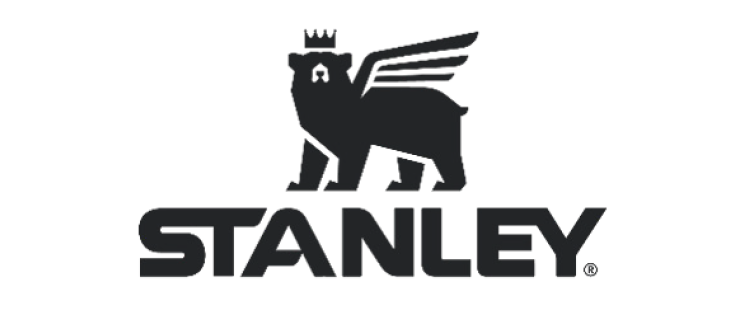
Brand example:
The Stanley Cup tumbler has become a popular alternative to plastic water bottles. However the tumbler is made from plastic and other non-recyclable materials, and its production is resource intensive. Marketing it as a better alternative to single use options obscures the negative impact of limited recyclability, excessive packaging, and lack of durability.
Conclusion:
These Gen Z trends reveal a generation deeply influenced by technology, social awareness, and a desire for authentic, personalized experiences. In summary, brands that recognize and cater to these preferences will be well-positioned to engage and capture the loyalty of this influential generation.
1. Unlock Gen Z’s shopping potential by meeting them where they are
Gen Z’s shopping habits are shaped by their extensive screen time and gaming interests, leading them to favor interactive shopping experiences digitally and IRL. At the same time, social media platforms like TikTok and Instagram have become integral to their shopping practices, serving as primary channels for product discovery and purchase. Brands can effectively engage Gen Z by integrating gaming elements into their retail strategies and leveraging social commerce to create engaging omnichannel shopping experiences.
How will your brand leverage gaming elements and social media platforms captivate and engage Gen Z?
2. Align brands and communication with Gen Z’s unique needs and concerns
Gen Z is drawn to nostalgia and curated aesthetics, finding comfort in retro designs and expressing their ideal self-image through bold, trendy products. Influenced by social media, they invest in items that align with their personal identity. However, their strong environmental awareness conflicts with the realities of consumable products. Brands must navigate this complexity by integrating nostalgic and aesthetic appeal into their offerings while addressing the balance between sustainability and practicality.
Which past trends do you see making a comeback, and how will your brand jump on them?
3. Offer unique value to stand out in a sea of “dupes”
To capture Gen Z in a market where private label is winning, brands must emphasize authenticity, shared values, and strong digital engagement. Despite being price-conscious, Gen Z will spend more on name brands that offer compelling value, such as higher quality, ethical practices, and exclusivity. Effective use of social media and influencer partnerships, along with unique and personalized experiences, can set a brand apart and build loyalty by aligning with Gen Z’s desire for individuality and meaningful connections.
How will your brand stay ahead and leverage the “dupe” trend in response to the growing consumer preference for private label products?
New Vocabulary Words:
1. No Cap:
Meaning: No lie, for real, genuinely.
Example: “I’m telling you, this game is the best, no cap.”
Origin: Originates from hip-hop culture, where “capping” means lying.
2. Flex:
Meaning: To show off or brag.
Example: “He’s always trying to flex his new car.”
Origin: Derived from bodybuilding and fitness culture, showing off muscles.
3. Simp:
Meaning: Someone who does too much for a person they like.
Example: “He’s such a simp for buying her all those gifts.”
Origin: Initially derogatory, it has become more mainstream.
4. Yeet:
Meaning: To throw something with force; also used as an exclamation of excitement.
Example: “He just yeeted that ball across the field!”
Origin: Became popular through Vine and TikTok videos.
5. Bet:
Meaning: An affirmation, agreement, or approval.
Example: “Want to hang out later?” “Bet!”
Origin: Common in African American Vernacular English (AAVE), widely adopted in mainstream culture.
6. Slaps:
Meaning: Really good, especially in reference to music.
Example: “This new song slaps!”
Origin: Refers to the percussive quality of music that’s hard-hitting.
7. Finsta:
Meaning: Fake Instagram account, typically used to post more personal content.
Example: “I only post those pictures on my finsta.”
Origin: A portmanteau of “fake” and “Instagram.”
8. Ghosting:
Meaning: Suddenly cutting off all communication with someone without explanation.
Example: “He ghosted me after our third date.”
Origin: Popularized with the rise of online dating and texting.
9. Glow Up:
Meaning: A significant improvement in appearance, health, or style.
Example: “She had a major glow up over the summer.”
Origin: Derived from “grow up,” but focusing on physical or lifestyle changes.
10. Stan:
Meaning: An obsessive fan.
Example: “I’m a total stan for this band.”
Origin: From Eminem’s song “Stan,” which tells the story of an obsessed fan.
11. Fam:
Meaning: Close friends or family.
Example: “What’s up, fam?”
Origin: Shortened form of “family.”
12. Low-key/High-key:
Meaning: Low-key means somewhat or secretly; high-key means very or openly.
Example: “I low-key love this song” / “I high-key need a vacation.”
Origin: Terms adapted from musical terminology.
13. Mood:
Meaning: Used to express that something is relatable.
Example: “That cat napping is such a mood.”
Origin: Gained popularity on social media platforms like Twitter.
14. Tea:
Meaning: Gossip or news.
Example: “Spill the tea!”
Origin: Derived from “T” in drag culture, meaning truth.
15. Salty:
Meaning: Bitter or upset.
Example: “She was salty about losing the game.”
Origin: Slang that has been popularized through social media.
16. Woke:
Meaning: Socially aware and attentive to issues of social justice.
Example: “Stay woke about what’s happening in the world.”
Origin: AAVE, has entered mainstream usage.
17. Rizz
Meaning: Shorthand for charisma, used when someone has a charming or magnetic personality
Example: “He’s got serious rizz.”
Origin: Became popular through social media platforms like TikTok and YouTube.

